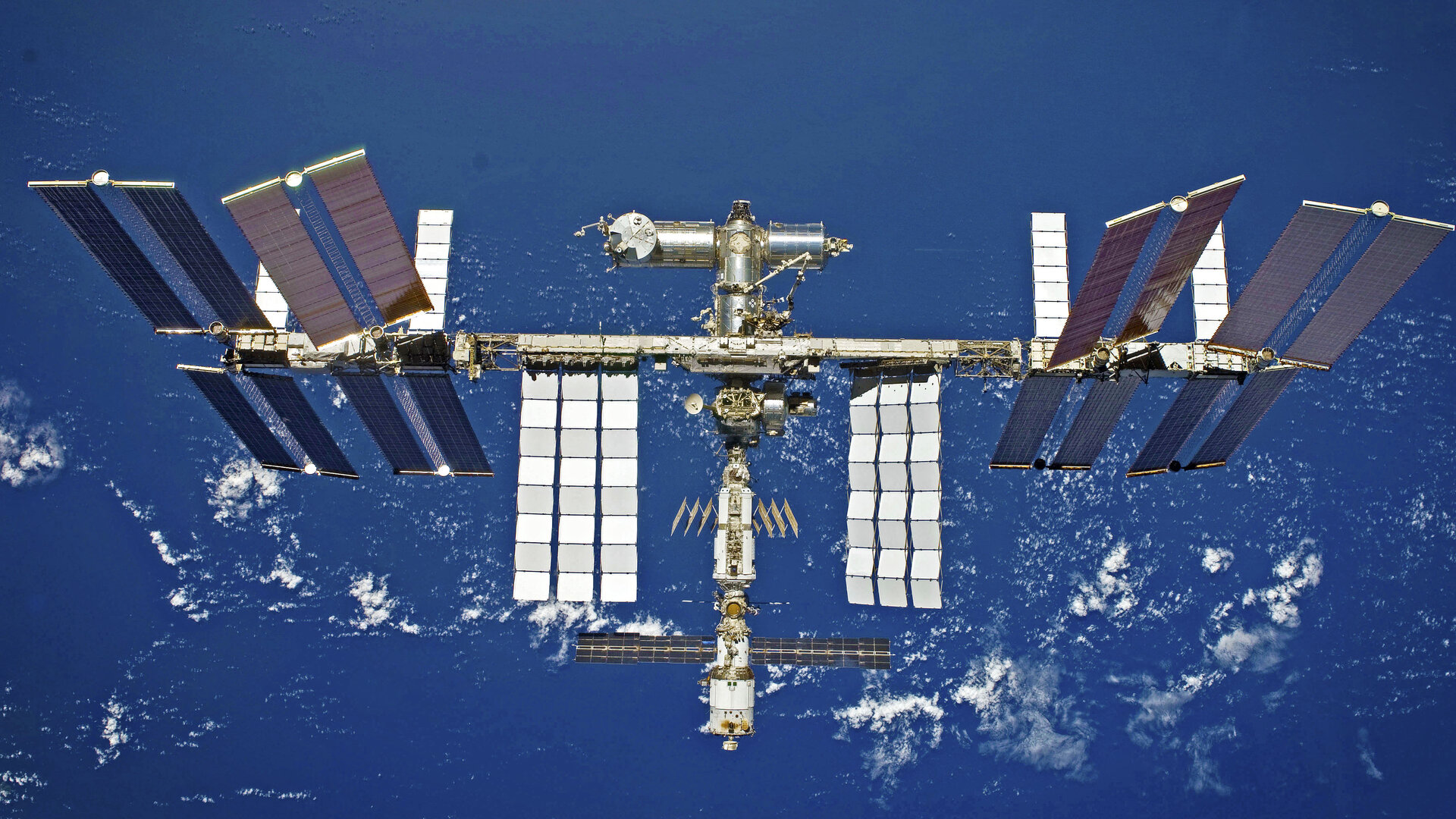Connecting to the ISS
The process of assembling the International Space Station (ISS) has been under way since the 1990s. Zarya, the first ISS module, was launched by a Proton rocket on 20 November 1998. The STS-88 Space Shuttle mission followed two weeks after Zarya was launched, bringing Unity, the first of three node modules, and connecting it to Zarya. This bare 2-module core of the ISS remained uncrewed for the next one and a half years, until in July 2000 the Russian module Zvezda was launched by a Proton rocket, allowing a maximum crew of two astronauts or cosmonauts to be on the ISS permanently.
The ISS has a pressurized volume of approximately 1,000 cubic metres (35,000 cu ft), a mass of approximately 420,000 kilograms (930,000 lb), approximately 100 kilowatts of power output, a truss 108.4 metres (356 ft) long, modules 74 metres (243 ft) long, and a crew of six. Building the complete station required more than 40 assembly flights. As of 2011, 36 Space Shuttle flights delivered ISS elements. Other assembly flights consisted of modules lifted by the Russian Proton rocket or, in the case of Pirs and Poisk, the Soyuz-U rocket.
Latest ISS News
Northrup Grumman’s Cygnus cargo spacecraft departed the International Space Station’s at 9:36 a.m. EST after Expedition 61 Flight Engineers Andrew Morgan and Jessica Meir of NASA commanded its release from the Canadarm2 robotic arm. At the time of release, the station was flying about 250 miles over the South Pacific just off the West Coast of Chile.
-ISS, NASA


